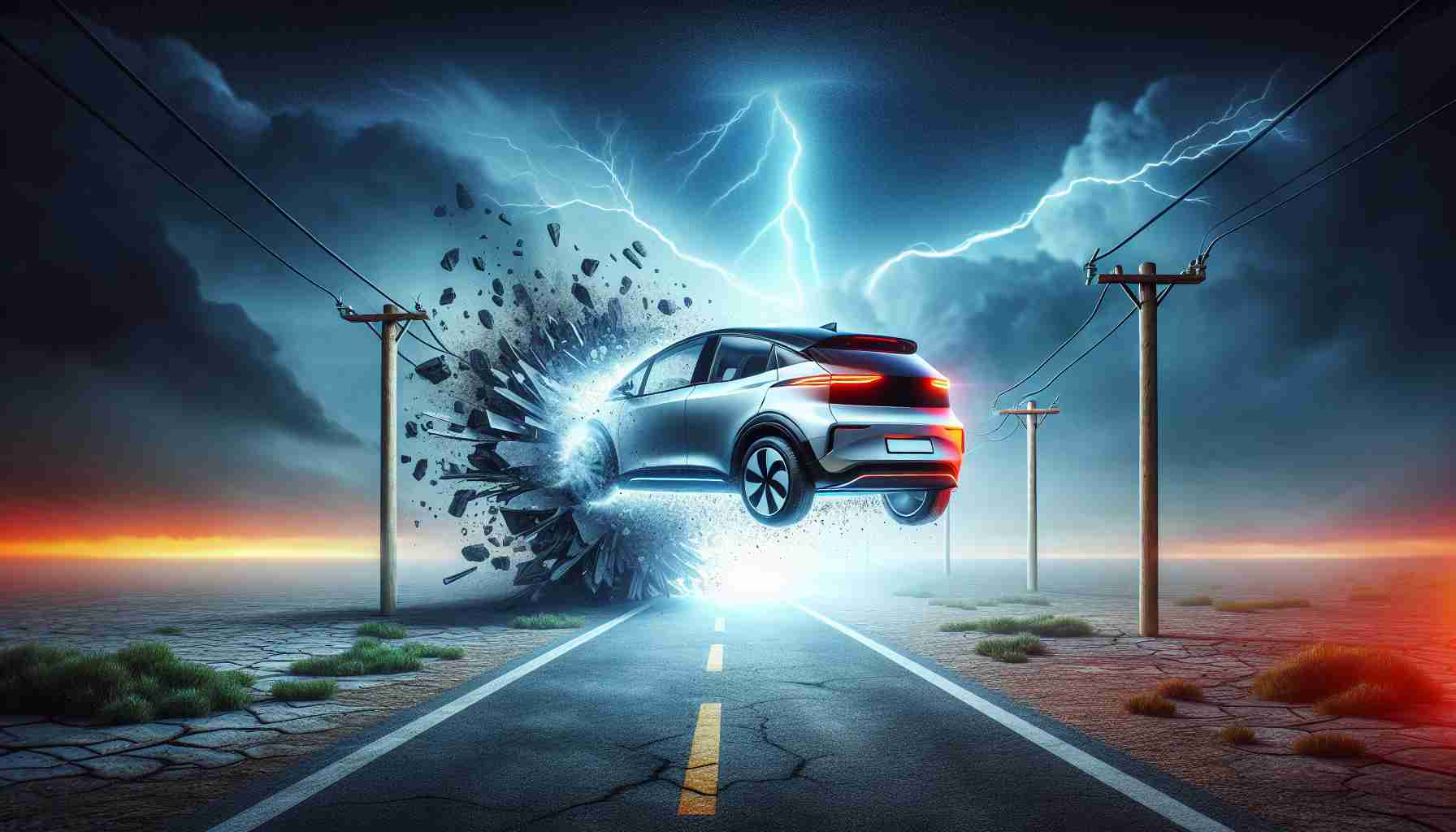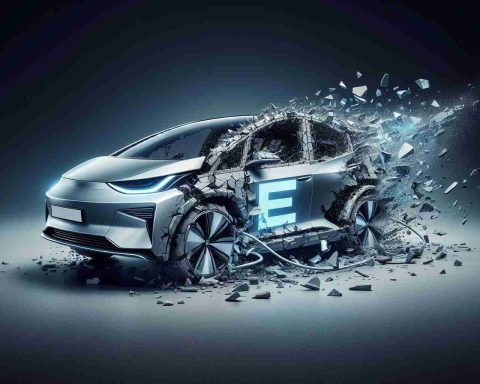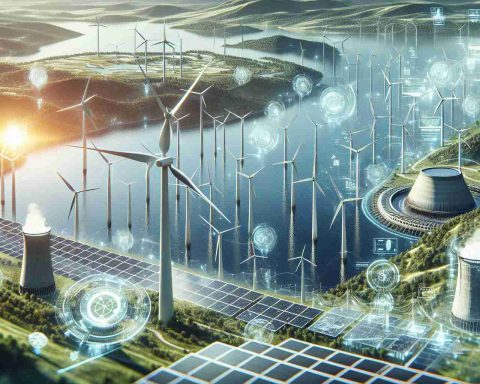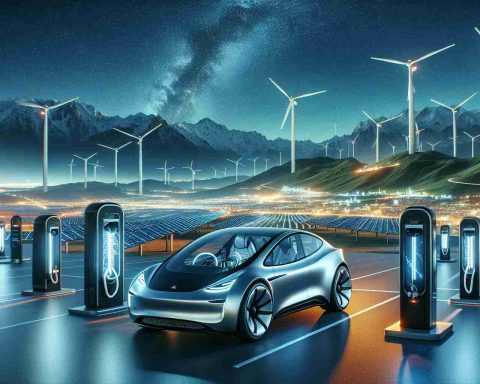The Rise and Fall of Canoo
Canoo, once seen as a beacon of hope in the electric vehicle realm, has tragically announced its bankruptcy on January 18, 2025. This unexpected move comes after persistent failures to secure the necessary funding in a highly competitive industry. The company’s dreams of creating unique electric vehicles tailored for urban environments will not come to fruition.
Leadership at Canoo expressed profound disappointment over the company’s fate, noting the valiant efforts of employees committed to the overarching mission. Despite receiving support from notable entities like NASA and the U.S. Postal Service, Canoo struggled to attract essential investments, ultimately necessitating liquidation under Chapter 7 bankruptcy.
Canoo’s ambitious vision included modular designs and a focus on sustainability, appealing to city dwellers seeking innovative solutions. However, financial strain led to mass layoffs and the closure of its California operations. The bankruptcy sends ripples of concern through the electric vehicle landscape, underscoring the vulnerabilities startups face.
As the EV sector continues to expand, Canoo’s downfall serves as a sobering reminder of the industry’s intense competition and funding challenges. Investors may now tread cautiously, reconsidering bets on new ventures. This situation could undermine public enthusiasm for electric mobility solutions, potentially stalling progress toward a greener future. The lessons learned from Canoo’s experiences might shape a more cautious and sustainable approach in the electric vehicle market moving forward.
The Ripple Effects of Canoo’s Bankruptcy
Canoo’s recent bankruptcy marks not just the end of an ambitious venture, but it also highlights crucial implications for society, culture, and the global economy. The electric vehicle (EV) industry is at a pivotal crossroad, where the failure of one player can reshape perceptions about investment in sustainable technology. This scenario underscores the high stakes associated with financial backing in a field driven by innovation and environmental urgency. As global awareness of climate change heightens, the fragility of ambitious startups like Canoo may lead investors to avoid riskier endeavors, stifling the next wave of creative solutions that could drive the industry forward.
Furthermore, the cultural aspirations associated with urban transportation sustainability could suffer. Canoo’s vision aimed to blend mobility with eco-consciousness, appealing particularly to younger, environmentally-minded consumers. This segment may now feel disillusioned by failures that dampen enthusiasm for alternative urban transport solutions. The ripple effect can constrain public trust in EVs, potentially affecting policy and consumer momentum as cities continue to struggle with pollution and traffic congestion.
From an environmental perspective, if the trend continues, a significant setback may occur in the shift toward sustainable transportation. The lessons from Canoo could catalyze a future where startups are scrutinized more closely, impacting the pace of innovation. The need for a balanced approach combining funding viability with groundbreaking ideas remains critical for the electric vehicle sector to achieve its ambitious objectives in addressing global climate challenges.
The Untold Story of Canoo: Lessons Learned and Future Implications in the EV Market
The Rise and Fall of Canoo
Canoo emerged as a promising player in the electric vehicle (EV) industry, initially captivating investors and consumers with its innovative designs and sustainable intentions. However, the company’s recent bankruptcy filing on January 18, 2025, serves as a poignant reminder of the challenges faced by startups in this burgeoning sector. As the industry evolves, it’s essential to analyze Canoo’s journey, the implications of its downfall, and what it means for the future of electric vehicles.
# Features and Innovations
Canoo’s primary appeal lay in its modular electric vehicle platform, designed for adaptability to diverse urban needs. Some key features of Canoo’s designs included:
– Customizable Interiors: Allowing users to adjust configurations based on personal needs.
– Sustainable Materials: Emphasizing eco-friendly sourcing to minimize environmental impact.
– Urban-Focused Design: Targeted specifically at city dwellers, with compact builds suitable for urban navigation.
These features aimed to position Canoo as a significant disruptor in the EV market, catering to an audience increasingly focused on environmental impacts.
# Pros and Cons of Canoo
Pros:
– Innovative vehicle designs that catered to urban mobility.
– Strong support from major organizations, indicating a recognition of potential.
– An emphasis on sustainability, appealing to environmentally-conscious consumers.
Cons:
– Failure to secure ongoing funding in a competitive marketplace.
– Leadership challenges resulting in mass layoffs.
– Shift in operational status, closing California operations, which affected talent retention.
# Market Analysis
Canoo’s bankruptcy highlights a critical shift occurring within the EV market. As the sector expands, there is a growing divide between established manufacturers and new entrants. Investors may now adopt a more cautious approach, aware that significant investments may not guarantee success. Additionally, Canoo’s downfall could slow the pace of innovation, as stakeholders reassess the viability of new startups.
# Insights on Future EV Trends
The situation surrounding Canoo provides valuable insights into future trends within the electric vehicle market:
1. Increased Scrutiny from Investors: There will likely be a shift toward more fundamental analyses of startups before investing.
2. Consolidation in the Market: Larger automotive companies may acquire failing startups to leverage their technology and talent.
3. Focus on Viability Over Vision: Future startups may prioritize business sustainability alongside innovation, seeking robust financial planning.
# Sustainability and Security Aspects
Canoo’s emphasis on sustainability resonated with a growing segment of consumers aware of climate change. However, its failure raises questions about the long-term security of investment in sustainability-focused startups. As strategic partnerships become increasingly vital for securing capital, future ventures will need to demonstrate not just innovation but also operational efficiency and market viability.
# Conclusion
Canoo’s unsettling journey through the electric vehicle landscape offers critical lessons for both investors and entrepreneurs. By understanding the multifaceted challenges faced by startups—ranging from funding woes to operational hurdles—industry players can cultivate a more sustainable approach to innovation in the EV market. As we look ahead, the potential for growth remains vast, but so does the need for caution and strategic insight.
For more insights on the electric vehicle market and its future possibilities, visit Electric Vehicle.














